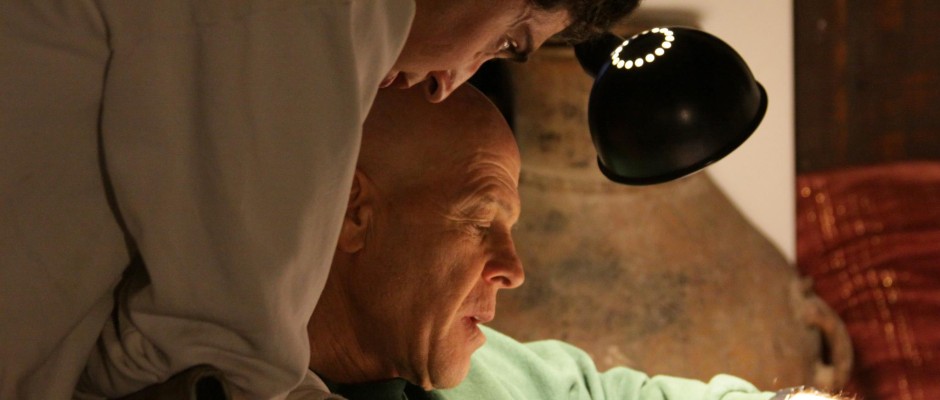Jewish religious sensitivity to exposing the foot is not only a matter of modesty, nor is it merely the result of identifying being barefooted with the “primitivism” of the Mideastern sections of the population scorned by the Haredim.
Written By Prof. Gideon Aran
The symbolic meaning of the foot should mainly be understood in the context of the ritual distinction between purity and pollution. It is a borderline limb that connects these two basic religious categories, the latter of which is associated with danger. The distance, liminality, and contradictions that characterize the foot explain the multiplicity of mystic and magic beliefs focused on it, such as the dibbuk, that possessive, mythological Jewish spirit.
When a descendent of the Jewish clergy, a Cohen, is called to pray, he removes his shoes, in memory of the destroyed temple, where the priests would always go barefoot. In contemporary Haredi synagogues, the Cohanim remove their shoes, but not their socks.
They quote rabbis who ruled that the foot must not be seen in case it has a blister or scar on it, which might distract the onlooker from the Cohen’s holiness, and impinge on his lofty status, as the Cohen is meant to have a pure and whole body, without even the slightest deformation, just like their sacrificial victims. There are many other examples that demonstrate just how loaded that lower limb is, subordinate in Haredi practice, opinion and belief.
Taken from “Denial Does Not Make The Haredi Body Go Away Ethnography of a Disappearing (?) Jewish Phenomenon”.


